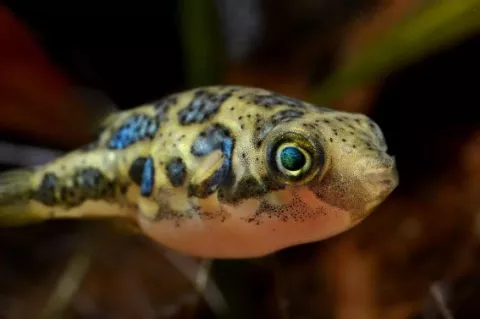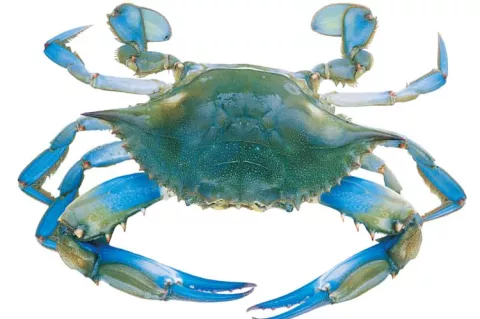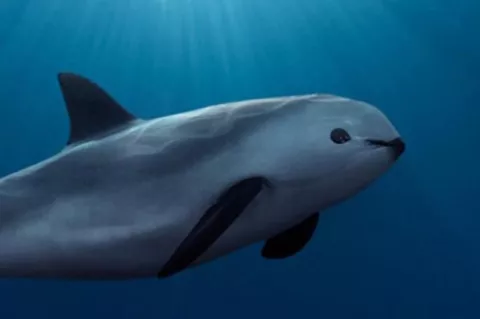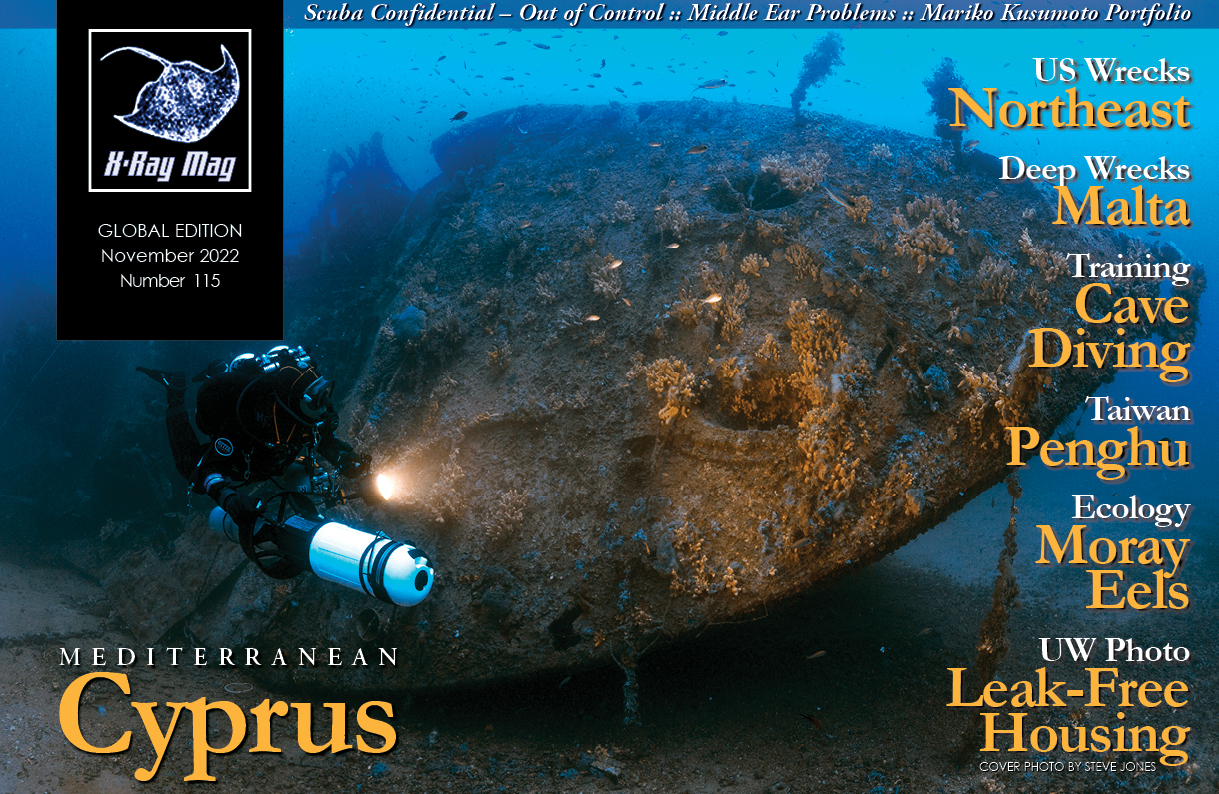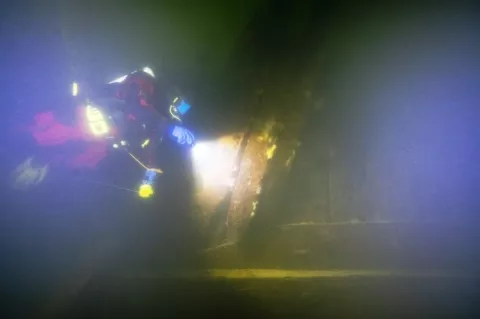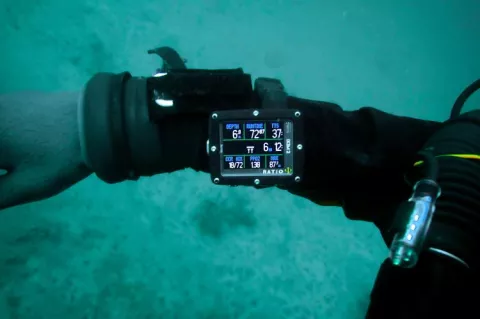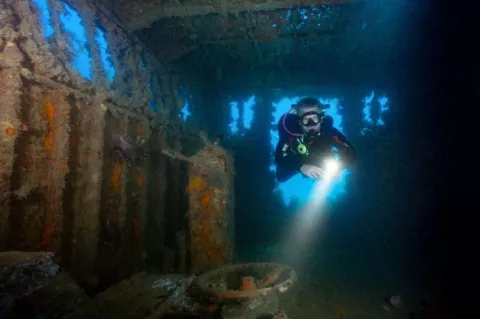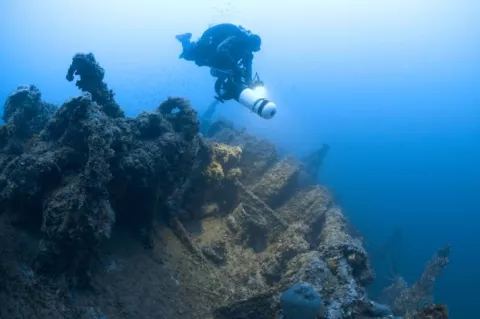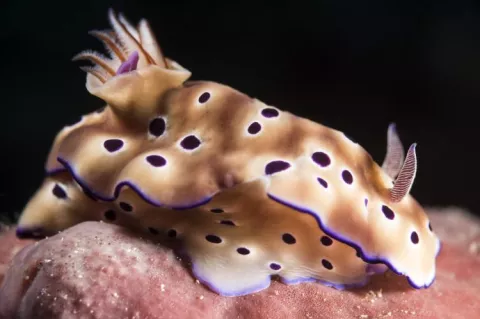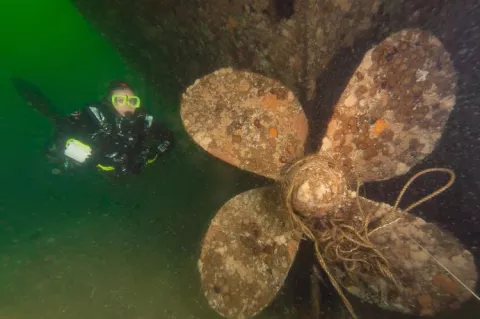Why puffer fish spawn on beaches under moonlight
At the time of the spring tide (new moon and full moon), thousands of puffer fish around the world head for the coastlines to spawn. There, they gather at the water’s edge and vigorously tremble their bodies to spawn.
Scientists have long wondered how the puffer fish were able to synchronise their spawning with the lunar cycle.
A paper published in a recent issue of the Current Biology journal has the answers.

